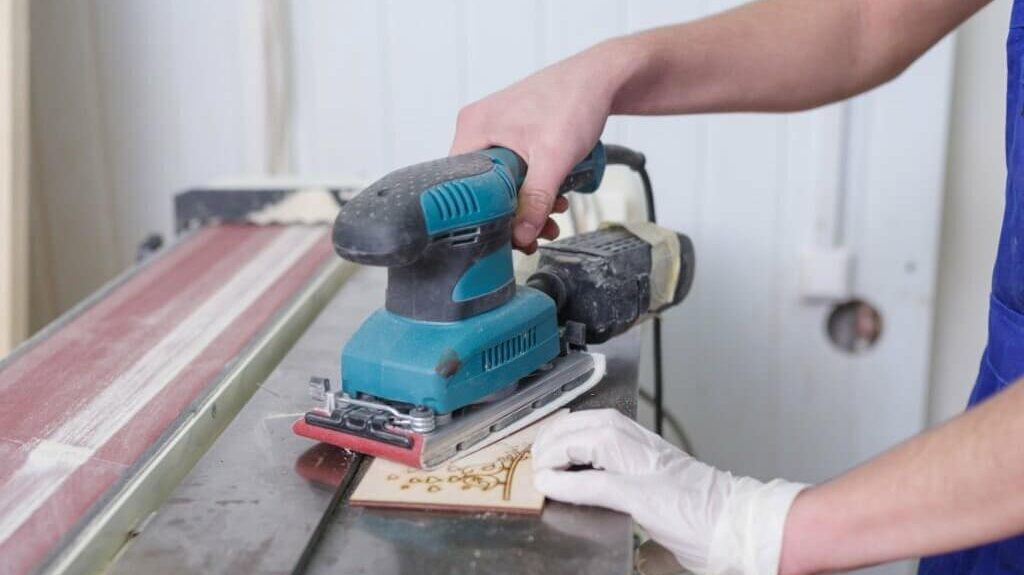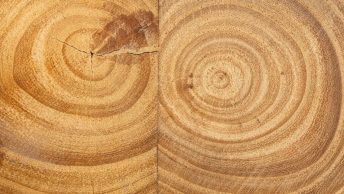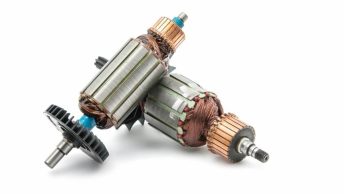Sanding is essential for achieving a smooth and polished finish when it comes to woodworking. However, with the variety of sanders available on the market, choose one for your project.
Two p can be overwhelmingly popular types of sanders are orbital and sheet sanders.
While both serve the same purpose, their differences make them suitable for specific tasks.
In this article, we will dive into the comparison and sheet sanders to help you understand which suits your needs.
Orbital Sander
Also known as a finish sander, an orbital sander features a rectangular sanding pad that moves in tiny circular motions.
This movement reduces the risk of accidentally scratching your workpiece and provides a smoother finish.
Orbital sanders are often used for finito finishes, such as removing scratches or smoothing surfaces.
Orbital Sander Pros
- Dust collection mechanism:This feature is a game-changer, especially if you are working indoors. Orbital sanders come with a dust bag or port that collects the sawdust and keeps your work area clean.
- Easy to manoeuvre: Since orbital sanders move in small circular motions, they are effortless to control and navigate around tight corners and edges.
- Versatility: Orbital sanders have interchangeable sanding pads, making them suitable for various surfaces and finishes.
- Portability :With its compact size and lightweight design, an orbital sander is easy to carry around and use for extended periods.
- Quieter operation : Compared to other sanders, an orbital sander produces less noise while in use.
Orbital Sander Cons

- It cannot reach corners:The round shape of the orbital sander’s sanding pad means it cannot reach tight corners and edges, making it unsuitable for detailed work.
- Not suitable for heavy-duty tasks: Orbital sanders are not powerful enough to handle rough surfaces or remove thick layers of material.
Must check: Skill Saw vs Circular Saw
Sheet Sander
Also known as a palm sander, sheet sanders feature a square sanding pad and move in straight lines.
This type of sander is ideal for removing large amounts of material, such as paint or varnish. It can cover a larger surface area compared to an orbital sander.
Sheet Sander Pros
- Ergonomic design: The palm grip handle allows for comfortable use and reduces hand fatigue during long hours of sanding.
- Affordability : Sheet sanders are more budget-friendly than orbital sanders, making them an ideal choice for beginners or occasional users.
- Suitable for detail work.: The square shape of the sanding pad makes it easier to reach tight corners and edges, allowing for more precise sanding.
- More power :Sheet sanders are more powerful than orbital sanders, making them suitable for heavy-duty tasks and removing thick layers of material.
- Multiple grit options : Sheet sanders use standard sandpaper sheets with various grits, giving you more options to achieve your desired finish.
Sheet Sander Cons
- Low power output. The square sanding pad of a sheet sander can leave swirl marks if not used correctly, making it unsuitable for finishing tasks.
- Lack of dust collection. Sheet sanders do not have a built-in dust collection mechanism, so you will need to clean up the sawdust frequently during and after your project.
- Requires more experience. Due to its powerful output, sheet sanders require more skill and experience to use effectively without damaging your workpiece.
Difference Between Orbital Sander and Sheet Sander?
| Characteristic | Orbital Sander | Sheet Sander |
| Sanding Motion | Orbital (circular) motion | Vibrating (back-and-forth) motion |
| Sanding Pattern | Random or orbital pattern | Linear pattern |
| Sandpaper Attachment | Uses sandpaper disks or sheets | Uses rectangular or square sheets |
| Sandpaper Clamping System | Typically uses a hook-and-loop system | Typically uses clamps or clips |
| Sanding Speed | Generally faster | Typically slower |
| Sanding Efficiency | Suitable for larger areas and faster stock removal | Ideal for fine finishing and precision work |
| Finish Quality | May leave swirl marks on the surface | Produces a smoother finish |
| Common Applications | Removing paint, varnish, or rough material | Smoothing wood surfaces, finishing |
| Ease of Use | Easier to control for beginners | Requires more skill for precision |
| Dust Collection | Often equipped with better dust collection systems | May have basic dust collection or none |
| Noise Level | Tends to be louder | Tends to be quieter |
How Do Sanders Work?
Orbital Sander
- Choose the right sandpaper grit for your project.
- Connect the sander to a power source and turn it on.
- Place the sandpaper onto the sanding pad, ensuring it is securely attached.
- Hold the sander with both hands and start sanding in a circular motion.
- Move along the surface, keeping the sander flat and applying even pressure.
- Check the sandpaper periodically and replace it when needed.
- Once you have achieved your desired finish, turn off the sander and clean up any remaining sawdust.
Sheet Sander

- Choose the right sandpaper grit for your project.
- Connect the sander to a power source and turn it on.
- Place the sandpaper onto the sanding pad, ensuring it is securely attached.
- Hold the sander with one hand and use your other hand to guide it along the surface in a back-and-forth motion.
- Keep the sander flat and apply even pressure as you move along the surface.
- Check the sandpaper periodically and replace it when needed.
- Once you have achieved your desired finish, turn off the sander and clean up any remaining sawdust.
What to Consider When Buying?
When deciding between an orbital sander and a sheet sander, there are a few things to consider:
- Type of project. An orbital sander would be more suitable if you are working on detailed or finishing tasks. For heavy-duty tasks, a sheet sander would be the better choice.
- Power source. Orbital sanders are often corded, while sheet sanders can be corded or cordless. Consider which power source is more convenient for your project.
- Budget. If you are on a budget, a sheet sander is a better option as they are less expensive than orbital sanders.
- Comfort and ease of use. Depending on the size of your project and personal preference, Sanders’ ergonomic design and manoeuvrability may play a role in your decision.
Must Check : Rift Sawn vs Quarter Sawn
Conclusion
There is no clear winner when it comes to orbital vs sheet sanders, as they both have their strengths and weaknesses.
Consider the type of project you are working on, the power source, budget, and comfort when deciding which sander to use.
Both orbital and sheet sanders are valuable tools to have in your workshop, and the choice ultimately comes down to personal preference and the specific needs of your project.
So, it’s essential to choose wisely based on what best suits your needs. Happy sanding!




